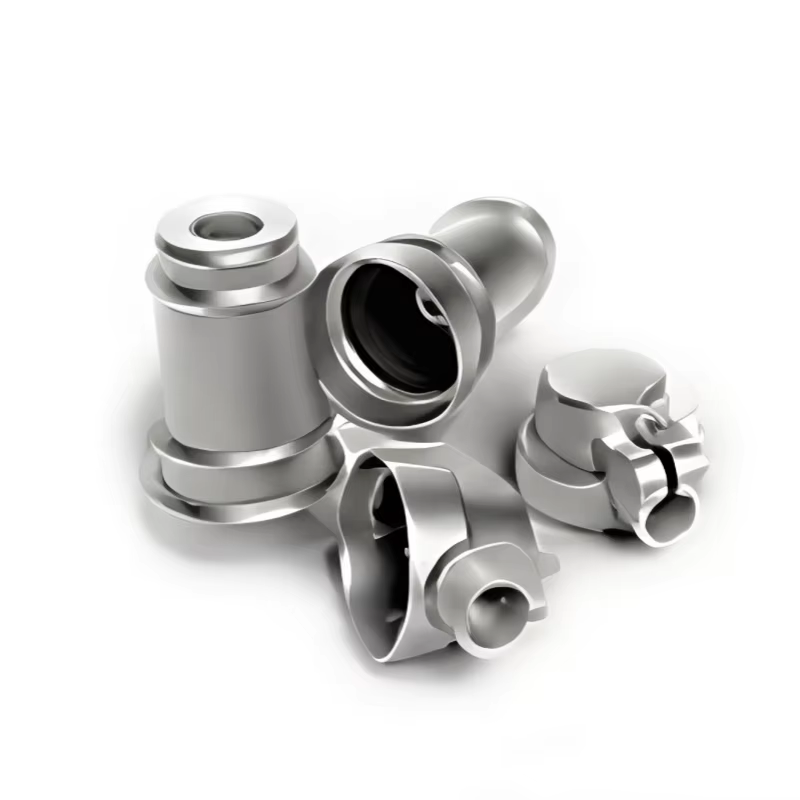An insight into the latest developments in die casting technology:
Die casting is a method for making metal parts in large quantities. It consists of melting a metal and forcing it into a mold to have a particular shape. As of late, remarkable advances have been made in die casting technology, enabling to provide for even finer tolerances in high-volume production. This allows those created metal parts to be far more precise and accurate than ever before.
Precision with reduced tolerances for high volumes production:
9 important aspects to Increase Precision of Die Casting.
When looking to hold tighter tolerances in high volume production there are few things to keep in mind. The configuration of the mold is another consideration. By ensuring that the mold is accurate and well-crafted, you can help ensure that the metal objects that are created are also accurate. It is also the temperature of the metal at the time of its injection into the mold. "With careful temperature control we can hit even tighter tolerances with the parts we make," he said.
How technology is changing the dynamics of efficient mass production:
There’s no doubting the impact of technology in the progress that has been realized in die casting technology. For instance, the mold design may be modelled on a computer before it is created. This can let you catch any potential issues before they bite you in production. In addition, the casting process can be managed via automation and robotics to expedite production and minimize defects. Now all of those tools can help companies like Runpeng Precision Hardware produce metal parts more efficiently and more accurately than ever before.
Advanced die casting for extreme quality control:
It is of great importance to quality assurance which especially is crucial in mass production. Quality Control with Advanced Die Casting Techniques Quality control is critical and, through advanced die casting processes, it is easier to monitor. X-ray machines, for instance, are able to examine metal parts for any flaws or defects that may be invisible to the naked eye. Furthermore, it is possible to use sensors to keep track of the casting process, while problems can be identified and addressed as they occur. Application of these techniques can help companies keep all of their necessary metal parts to the same quality.
In short, die casting has evolved to the point where high-tolerance levels can be achieved more readily and less expensively in mass production than many alternatives. With new innovations like Runpeng Precision Hardware, the companies have the ability to manufacture metal parts with a degree of precision, which is better than before. Through the consideration of some of these aspects, by the use of technology and taking part in a little quality control, firms are able to guarantee the production of quality metal parts in an efficient and consistent manner. With such progress, the future of die casting is better than ever.

